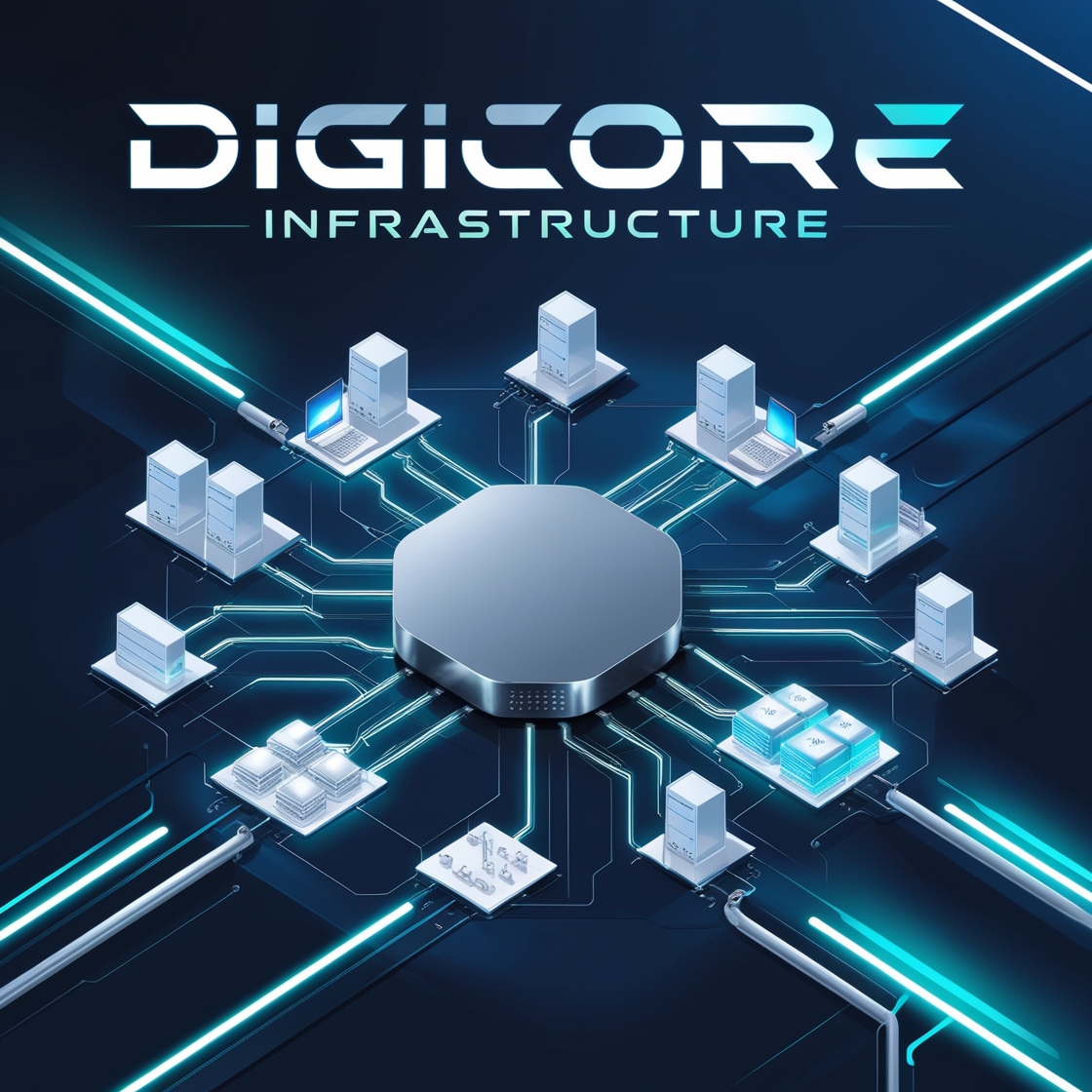Digicore infrastructure refers to the fundamental architecture that powers digital systems, networks, and data environments. It involves several key components that work together to provide robust, scalable, and efficient digital ecosystems. These core components include:
- Data Storage and Management: Central to any Digicore system is its ability to store and manage vast amounts of data. This involves a combination of physical data centers and cloud storage solutions, often integrated with advanced data management tools like databases and data lakes. The aim is to ensure data accessibility, integrity, and security.
- Network Infrastructure: A Digicore system relies on a high-performance, secure, and reliable network infrastructure to facilitate data transmission. This can include both physical network hardware like routers and switches, as well as virtual networks that support cloud services. The network must be capable of handling large volumes of data traffic and provide low latency to meet performance requirements.
- Compute Power: The compute component of Digicore refers to the servers and processing units that run applications, services, and data analytics. This includes both on-premise hardware and cloud-based virtual machines. Scalability and high processing capacity are crucial to ensuring smooth operations, especially in large-scale digital ecosystems.
- Security Framework: Security is a top priority in Digicore infrastructure, as it ensures that sensitive data and digital assets are protected from threats. Security components include firewalls, encryption, identity management systems, and intrusion detection mechanisms. These tools work together to protect the system from unauthorized access and potential breaches.
- Cloud and Virtualization Technologies: Virtualization and cloud computing are integral to the flexibility and scalability of Digicore infrastructure. Cloud platforms allow businesses to scale their operations without the need for extensive on-premise hardware. Virtualization enables the efficient use of hardware resources, allowing multiple virtual servers to run on a single physical machine.
- Automation and Orchestration: Automation is key to simplifying and optimizing the management of Digicore systems. Tools for automation and orchestration enable the automatic deployment, configuration, and management of infrastructure. This reduces the need for manual intervention and helps improve efficiency.
- Monitoring and Analytics: The ability to monitor and analyze system performance is vital to ensure that the Digicore infrastructure is functioning correctly. This includes real-time monitoring tools that track server health, network traffic, security events, and application performance. Advanced analytics can be used to predict potential issues and optimize system performance.
- Integration Layer: The integration layer connects various applications, systems, and services across the Digicore infrastructure. This ensures that all components can communicate effectively with each other, facilitating data exchange and process automation.
